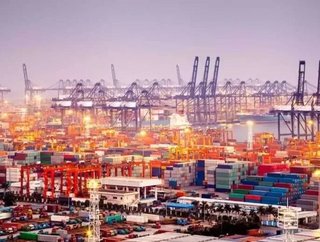New Silk Road: How China's $16 billion fund will impact the gold mining industry

As part of its Silk Road initiative to revive the historically important international trade route, China has established a $16 billion fund for gold-related investment to increase the country’s trade influence of the precious metal.
The $16 billion investment fund – led by Shanghai Gold Group and Shaanxi Gold Group -- will focus on investing in gold projects, including the launch of gold-backed exchange-traded funds and buying stakes in listed gold companies and mining firms.
According to Shanghai Securities News, over 60 countries are taking part in the fund that is expected to raise the amount in three phases.
The investment fund will be 35 percent owned by Shanghai Gold Group and 25 percent by Shaanxi Gold Group, with the remaining amount owned by financial institutions.
The “New Silk Road aims to create an economic zone by developing trade and transport infrastructures that extend from Shanghai to Berlin--over one third the circumference of the earth. Earlier this year, President Xi Jinping said he hoped annual trade with the countries involved would exceed $2.5 trillion in a decade.

According to economist Song Quinghu, the fund may also boost China’s power over the world gold market and could increase the use of the yuan in pricing gold. China is currently the world’s biggest producer of gold and second-biggest consumer.
Tang Xisheng of the Industrial Fund Management Co. told Xinhua: “China does not have a big say in gold pricing because it accounts for a small share of international gold trade. Therefore, the Chinese government seeks to increase the influence of RMB in gold pricing by opening the domestic gold market to international investors.”
The New Silk Road will require the construction of high-speed railroads, road and highways, including energy transmission and distribution networks and fiber optic networks. It also plans to bring massive opportunity to the mining industry.
“It’s a good bet that giant iron mining companies like Vale, that have seen their business fall to a thirteen-year low, are currently busy figuring how much steel goes into construction of a new, high speed 8,000 mile railroad,” said Robert Berke from Oilprice.com. “If the project is successful, it could very well spark a boom across the entire depressed international mining, commodities, and construction sectors.”
Still reeling with its own struggles, the mining industry could use a boost from Asia very soon.






